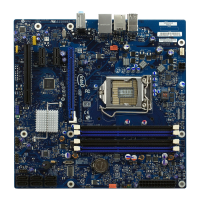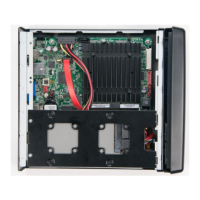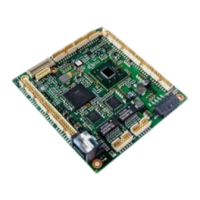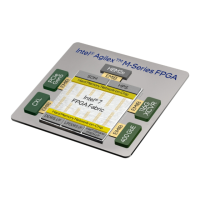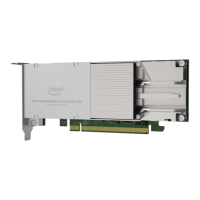Mechanical
36 Design Guide
4.3.2 Fan Size and Speed
A thermally sensitive fan speed control circuit is recommended to balance system-level
thermal and acoustic performance. The circuit typically senses the temperature of the
secondary heatsink and/or incoming ambient air and adjusts the fan speed as
necessary to keep power supply and system component temperatures within
specification. Both the power supply and system designers should be aware of the
dependencies of the power supply and system temperatures on the control circuit
response curve and fan size and should specify them carefully.
Fan should not turn on at the same time as PS_ON# is Asserted. This is because of
power optimization at low levels and Alternative Sleep Modes. Two options to consider:
1. Wait for at least 2 seconds before the fan turns on.
2. Fan needs to be only turned on when the PSU needs the thermal cooling.
The power supply fan should be turned off when PS_ON# is de-asserted (high). In this
state, any remaining active power supply circuitry must rely only on passive convection
for cooling.
4.3.3 Venting
In general, more venting in a power supply case yields reduced airflow impedance and
improved cooling performance. Intake and exhaust vents should be large, open, and
unobstructed as possible so as not to impede airflow or generate excessive acoustic
noise. In particular, avoid placing objects within 0.5 inches of the intake or exhaust of
the fan itself. A flush-mount wire fan grill can be used instead of a stamped metal vent
for improved airflow and reduced acoustic noise.
The limitations to the venting guidelines above are:
• Openings must be sufficiently designed to meet the safety requirements described
in Chapter 8
.
• Larger openings yield decreased EMI-shielding performance. Refer to Chapter 7.
• Venting in inappropriate locations can detrimentally allow airflow to bypass those
areas where it is needed.
§ §

